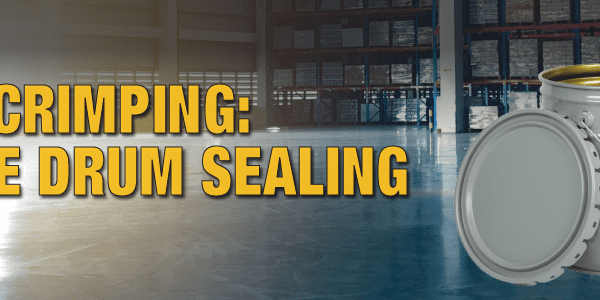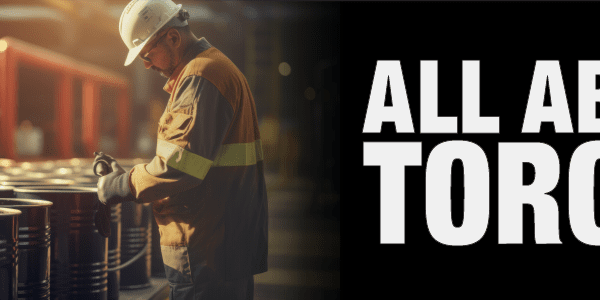The CACD (Canadian Association of Chemical Distributors) office in Oakville received a telephone call from a dangerous goods inspector regarding cargo tanks. Two of the member companies had been inspected and the inspector indicated that for loading and unloading cargo tanks, the weakest link is the transfer hose.
Under the TDG Regulations in Part 5 Means of Containment, specifically 5.14 Large Means of Containment (MoC), to transport dangerous goods by ground, the large MoC must be manufactured, selected and used in accordance with the CSA standard B621 Selection and Use of Highway Tanks, Portable Tanks, Cargo Compartments, and Containers for the Transportation of Dangerous Goods, Classes 3, 4, 5, 6.1, 8, and 9.
CSA standard B621 also references another standard, CSA B620 Highway Tanks and Portable Tanks for the Transportation of Dangerous Goods.
In B621, clause 7.1 is Pre-loading Requirements. A MoC shall not be loaded unless it has been selected in accordance with the following clauses of the standard:
- 4 Selection of the Means of Containment,
- 8 Tank Selection Requirements for Dangerous Goods of Classes 3, 4, 5, 6.1, 8 and 9,
- 5 Highway Tanks, or
- 6 Portable Tanks.
The remainder of this section requires the MoC to be inspected, tested, retested and marked. In addition, before attaching hoses, the hose and its coupling must be visually inspected for compatibility with the dangerous goods, mechanical fitness and integrity.
A hose is NOT to be used if it meets any of the conditions of B620, clause 7.2.10.4:
- damage to the hose cover that exposes the reinforcement;
- kinked, flattened, or permanently deformed wire braid;
- soft spots when not under pressure, bulging under pressure, or loose outer covering;
- damaged, slipping, or excessively worn hose couplings;
- loose or missing bolts or fastenings on bolted hose coupling assemblies; and
- deteriorated legibility or absence of the serial or identification number and HAWP (hose assembly working pressure).
If the hose markings do not meet Clause 7.2.10.6 of B620, it must NOT be used. The date (month and year) of the test must be marked so as to withstand the rigours of daily use. This information can be stamped into the end fitting or into a metal tag that is attached to the hose. The stamping must NOT affect the integrity of the hose.
If the hoses on your trucks have not been tested, it is suggested that it become a priority as the inspectors are checking.
Further information can be found in the standards available from the Canadian Standards Association (CSA) at: http://www.shopcsa.ca/onlinestore/getcatalogdrilldown.asp?Parent=0&k=1&l=1






 ICC USA
ICC USA ICC Canada
ICC Canada